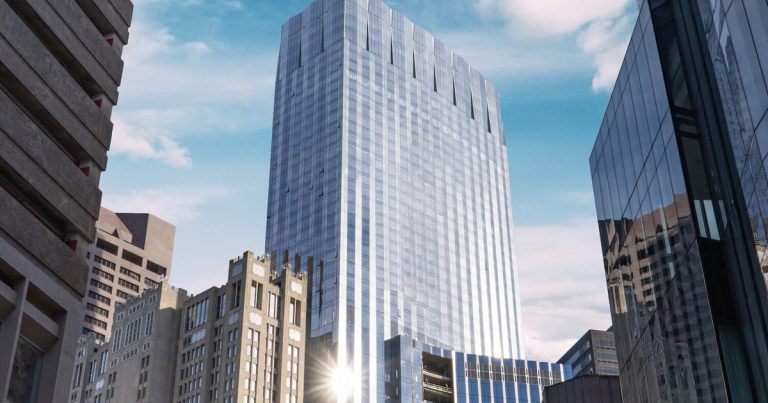Boston's new skyscraper is making a name for itself for being climate-friendly: Last week, it became the largest office space in the world to be certified to the highly energy-efficient “Passive House” standard, making it the first skyscraper in the United States to earn the label.
Winthrop Center is a mixed-use commercial and residential building whose 812,000 square feet of office area requires significantly less energy than similar spaces: According to developer Millennium Partners, a comparable building in Boston consumes 150 percent more energy than Winthrop Center's office space.
To achieve Passive House performance, the design uses high-performance insulation, triple-glazed windows and other building techniques to increase airtightness and minimize thermal energy loss. The Passive House Institute, a German non-profit research institute, verified the building's performance.
The announcement is “great news,” said Ken Levenson, executive director of the US-based non-profit Passive House Network. “It's proof that Passive House can be applied to so many different types of buildings, not just homes, as the name suggests.” In 2022, the organization deemed the Winthrop Center's design, six years in the making, pioneering.
Buildings consume and waste huge amounts of energy, accounting for about a quarter of global emissions, according to the International Energy Agency, and the trend is not improving, with energy use in buildings set to increase by about 1% in 2022 compared to the previous year.
As U.S. cities and states pursue climate goals, the Passive House approach is becoming an increasingly popular way to address emissions from buildings. In May, for example, the city of Boston voluntarily adopted Massachusetts' opt-in building code, which requires new large apartment buildings to meet Passive House requirements to help the state achieve net-zero emissions by 2050. The rule goes into effect on January 1.

